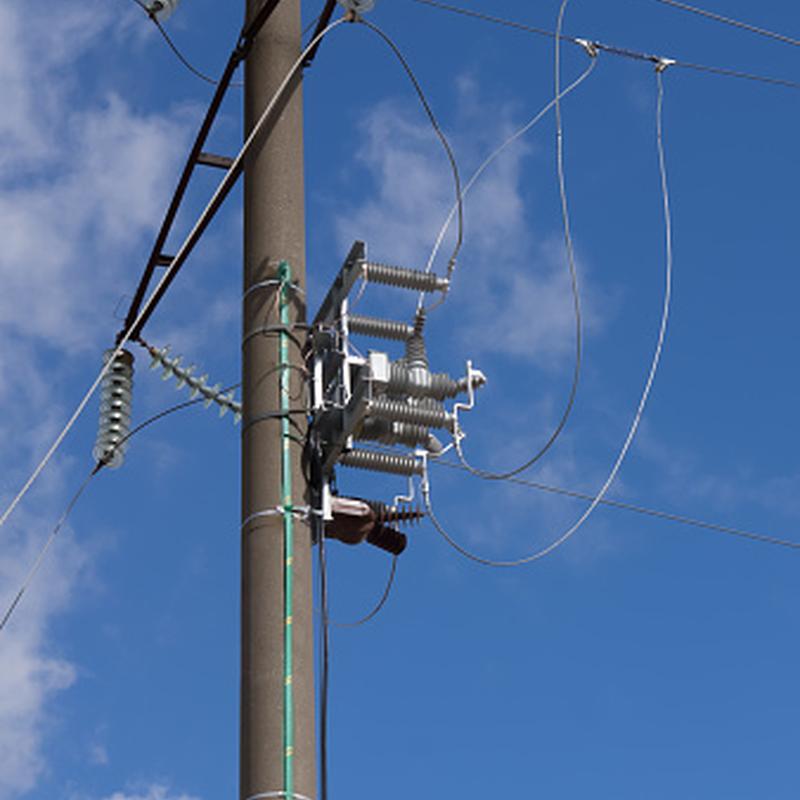Introduction:
A vacuum circuit breaker is a type of electrical switch used to interrupt the flow of electricity. It is widely used in power transmission systems to protect equipment from damage caused by short circuits and overloads. One of the most popular types of vacuum circuit breakers is the HV vacuum circuit breaker, which is designed for high-voltage applications. In this article, we will explore the benefits and applications of HV vacuum circuit breakers.
What is an HV Vacuum Circuit Breaker?
An HV vacuum circuit breaker is a type of circuit breaker that uses a vacuum as the interrupting medium. It is designed to operate at high voltages, typically above 72.5 kV. The vacuum inside the breaker chamber acts as an insulator, preventing the arc from re-establishing after the current is interrupted. Compared to other types of circuit breakers, HV vacuum circuit breakers offer several advantages, including:
- High Reliability
- Fast Operation
- Compact Design
Applications of HV Vacuum Circuit Breakers:
HV vacuum circuit breakers are widely used in a variety of applications, including:
- Power Transmission
- Power Generation
- Industrial Applications
Conclusion:
HV vacuum circuit breakers are an important component of modern power transmission and distribution systems. They offer several benefits over other types of circuit breakers, including high reliability, fast operation, and compact design. Their applications range from power transmission to industrial settings, making them an essential component of many critical systems. Understanding the benefits and applications of HV vacuum circuit breakers is essential for anyone involved in the design, installation, or maintenance of electrical systems.

